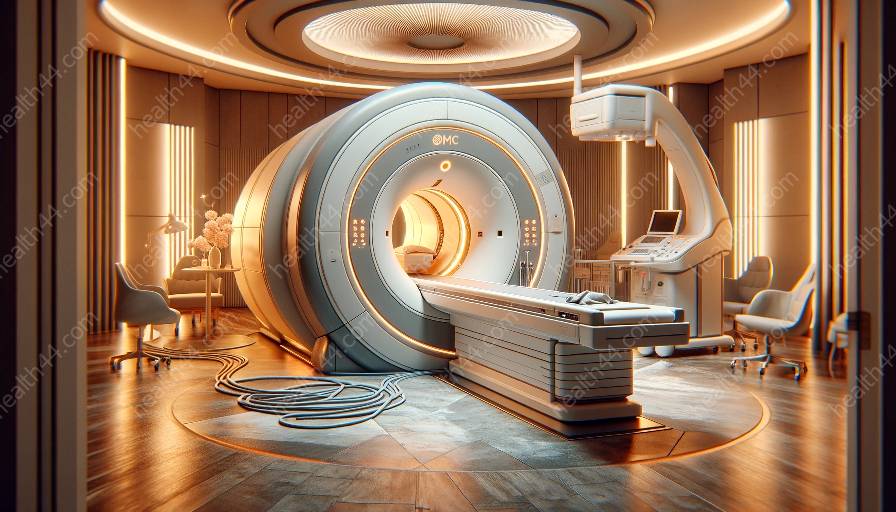Magnetic resonance imaging (MRI) machines have revolutionized the field of medical diagnostics, allowing healthcare professionals to visualize internal structures and detect abnormalities with remarkable precision. At the heart of these advanced machines lies a crucial component known as the gradient system, which plays a pivotal role in the imaging process.
Understanding MRI Machines
MRI machines utilize the principles of nuclear magnetic resonance to produce detailed images of the body's internal structures. A fundamental aspect of MRI technology involves the application of powerful magnetic fields and radiofrequency pulses, which interact with the body's atomic nuclei and generate the signals used to create images.
However, the ability to distinguish between different types of tissues and obtain high-resolution images relies on more than just static magnetic fields and radiofrequency pulses. This is where gradient systems come into play, delivering a key mechanism for spatial encoding and image formation in MRI.
The Role of Gradient Systems
Gradient systems in MRI machines are responsible for creating spatial variations in the magnetic field within the imaging volume. These variations enable the differentiation of different tissues based on their location, leading to the production of detailed, multi-dimensional images with unparalleled contrast and clarity.
By applying controlled gradients to the main magnetic field, the gradient system influences the precession frequencies of atomic nuclei in different areas of the imaging volume. This ensures that signals from distinct regions of the body can be separately encoded and spatially localized during the imaging process.
Inner Workings of Gradient Systems
The core components of a gradient system typically include gradient coils, amplifiers, and gradient control software. When an MRI scan is initiated, the gradient coils generate linear magnetic field gradients along the X, Y, and Z axes, allowing for precise spatial encoding.
Amplifiers then deliver the necessary current to the gradient coils, accurately controlling the strength and timing of the magnetic field gradients. Meanwhile, sophisticated software coordinates the application of gradient pulses with the overall imaging sequence, ensuring synchronized modulation of the magnetic field across different dimensions.
It's important to note that the efficiency and precision of gradient systems directly impact the quality and speed of MRI scans. Advanced gradient systems boast rapid switching capabilities and enhanced linearity, contributing to shorter scan times and superior image resolution.
Benefits and Impact on Healthcare
The incorporation of high-performance gradient systems in MRI machines has immensely benefited the field of healthcare. These systems have facilitated the development of advanced imaging techniques such as functional MRI (fMRI) and diffusion-weighted imaging (DWI), enabling healthcare professionals to study functional brain activity and detect microstructural changes in tissues with unparalleled detail.
Moreover, the ability of gradient systems to provide precise spatial localization has been pivotal in the growth of interventional MRI, allowing for targeted biopsy guidance, navigated surgeries, and real-time imaging during minimally invasive procedures.
Overall, the integration of gradient systems in MRI machines has significantly enhanced diagnostic capabilities, leading to earlier and more accurate detection of various medical conditions. This has ultimately translated into improved patient outcomes, streamlined treatment planning, and enhanced research opportunities in the medical field.
Conclusion
Gradient systems stand as a cornerstone of MRI technology, underscoring the remarkable capability of these medical devices and equipment to provide non-invasive, detailed insights into the human body. As technology continues to evolve, further advancements in gradient systems hold the promise of even greater precision, speed, and clinical utility, reaffirming their indispensable role in shaping the future of medical imaging.


